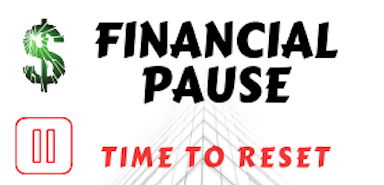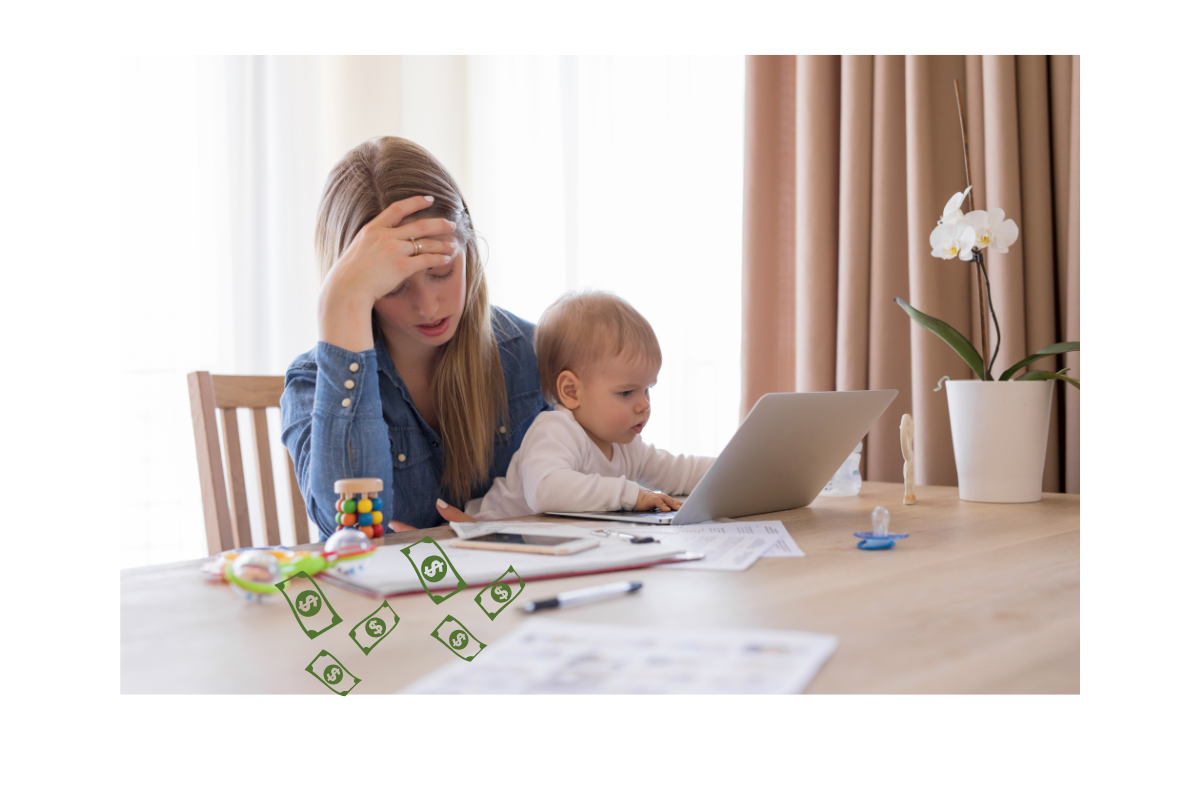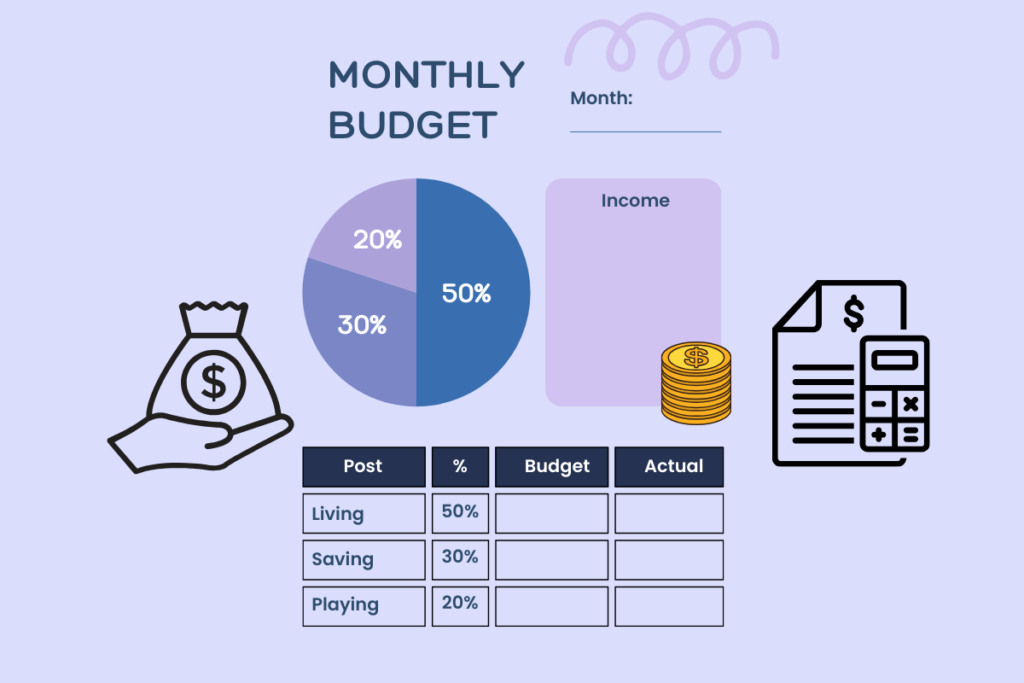Warren Buffett once said, “Do not save what is left after spending, but spend what is left after saving.” This quote highlights the need to save for emergencies first. With 44% of Americans able to handle a $1,000 emergency from savings, it’s clear that an emergency fund is key. It provides a safety net for unexpected costs like medical bills or home repairs.
In 2025, building a sustainable emergency fund is more important than ever. The right strategies can help anyone create and keep an emergency fund, no matter the economy. Experts say having an emergency fund is vital to handle unexpected expenses and avoid debt.
Key Takeaways
- Having an emergency fund is essential for financial stability and can help avoid debt in case of a financial emergency.
- A good starting amount for an emergency fund is between $500 to $1,000 to cover small emergencies and avoid a financial emergency.
- Automated savings can lead to substantial growth in your emergency fund over time, making saving for emergencies easier.
- Regular reassessment of savings goals is recommended at least once a year to account for factors such as inflation and increased monthly expenses, ensuring your emergency fund remains sufficient.
- Saving as little as $5 per week can accumulate to $260 annually, promoting the habit of saving for emergencies without stressing cash flow.
- Having an emergency fund can reduce financial stress and improve overall mental health, making it a crucial aspect of saving for emergencies.
Understanding the Importance of an Emergency Fund in 2025’s Economy
In today’s economy, unexpected expenses can pop up anytime. Building an emergency fund is key to handling these challenges. It’s vital to have enough savings to cover at least six months of living costs.
A good emergency savings plan can be a lifesaver during tough times. By saving a bit each month, you can build a safety net. This fund helps you face unexpected costs like job loss, medical bills, or car repairs.
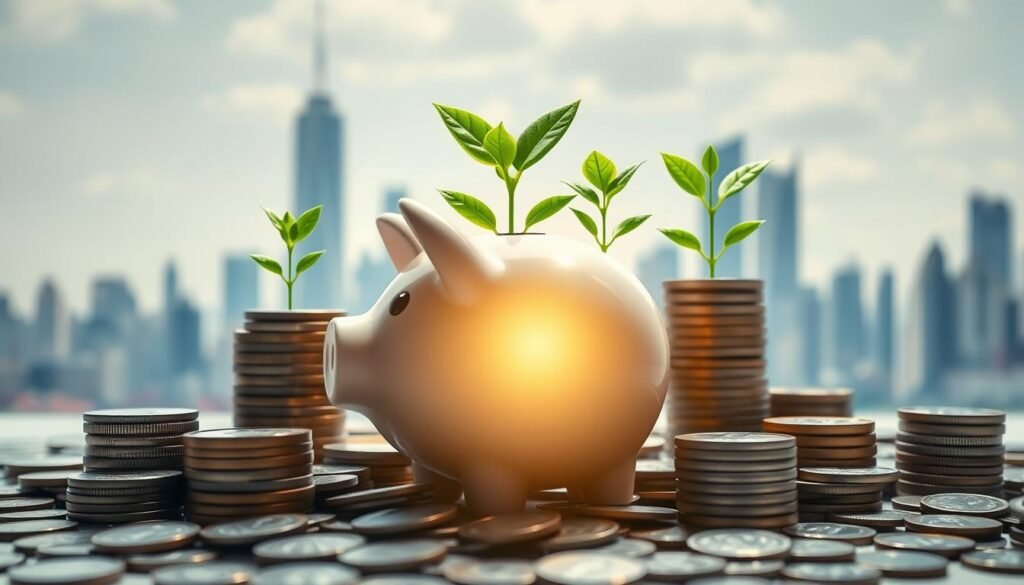
Some numbers show why emergency funds are crucial: 54% of Americans can’t afford a $1,000 emergency. Only 39% feel ready for unexpected expenses. By focusing on emergency savings and building an emergency fund, you can prepare for the future and avoid debt.
How Much Should Your Emergency Fund Contain?
Building an emergency fund raises the question of how much to save. The amount needed varies based on personal situations. A common rule is to aim for three to six months’ worth of expenses.
This amount helps cover basic needs like rent, utilities, and food during unexpected times. This could be due to job loss or medical emergencies.
A rainy day fund of this size offers peace of mind and financial security. For instance, having $500 can cover unexpected costs like car repairs or medical bills. Saving $10 a week can add up to over $500 in a year, making it achievable for many.
High-yield savings accounts can also grow your emergency money over time. Accounts like the BMO Alto Online Savings Account and Barclays Tiered Savings Account offer good APY rates. When picking an account, look at interest rates, fees, and ease of access to ensure your fund grows.
To figure out the right emergency fund amount, think about your personal situation. This includes your income, dependents, and job stability. A good starting point is to save enough for three to six months of living expenses.
By focusing on your emergency fund and saving regularly, you can create a financial safety net. This reduces stress when unexpected events occur.
Smart Budgeting Techniques for Emergency Fund Building
Building an emergency fund needs a smart budgeting plan. Most Americans struggle with unexpected costs. Only 44 percent can handle expenses of $1,000 or more from savings.
Start by setting up automatic transfers to your savings. This way, you save a bit each month, even if it’s small. Experts say saving three to six months’ worth of expenses is a good start.
Digital Budgeting Tools for 2025
Digital tools make tracking expenses and income easier. This helps you save for emergencies. Budgeting apps and spreadsheets are popular choices.
Automated Saving Strategies
Automated saving helps you save for emergencies. Set up automatic transfers. You might also want a separate savings account for emergencies.
Expense Tracking in the Digital Age
Tracking expenses is key in today’s digital world. It gives you real-time insights into your spending. By tracking, you can find ways to save more for emergencies.
High-Yield Savings Options for Your Emergency Fund
Building an emergency fund means looking at high-yield savings options. These accounts can grow your money over time. They offer annual percentage yields (APY) from 0.50% to 4.50%, depending on the bank and market.
High-yield savings accounts are insured by the FDIC. This means your deposits are safe up to $250,000 per depositor. This protection is a big plus for your emergency fund. Some top choices include:
- Openbank High Yield Savings account with a 4.75% APY
- Ally High Yield Savings Account with a 3.80% APY
- Other high-yield savings accounts with APYs ranging from 3.50% to 4.50%
CDs and money market accounts are also good for emergency funds. But, it’s important to know the good and bad of each. Pick the one that suits you best.
The table below shows what different high-yield savings options offer:
| Account Type | APY | Minimum Deposit | FDIC Insurance |
|---|---|---|---|
| High-Yield Savings Account | 0.50% – 4.50% | $10 – $1,000 | Yes |
| CD | 1.50% – 3.00% | $500 – $1,000 | Yes |
| Money Market Account | 0.10% – 2.00% | $100 – $1,000 | Yes |
Choosing the right high-yield savings option can help your emergency fund grow. This way, you’ll have a financial safety net ready for you.
Accelerating Your Emergency Fund Growth
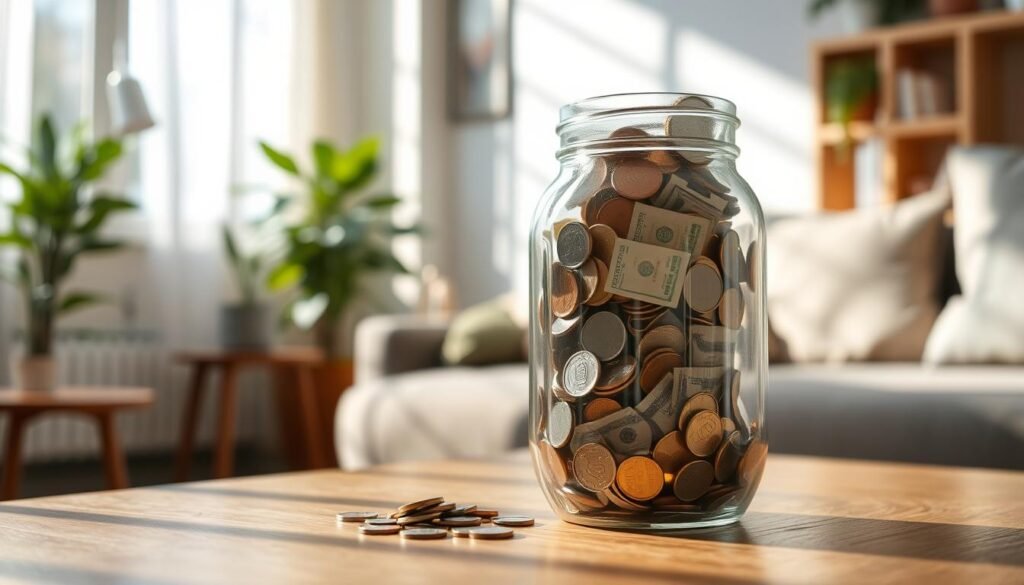
Having a solid plan for saving is key when it comes to emergencies. A financial emergency can happen anytime, so it’s important to have money set aside. To grow your emergency fund faster, look into side hustles for extra income. This is great for those with variable incomes or struggling to make ends meet.
Automating your savings is a smart move. It ensures you save money regularly. Set up automatic transfers from your checking to savings or investments. Also, aim to make more money, whether through your main job or side hustles. Using tax-efficient saving strategies can help you save more by reducing tax losses.
- Break down savings goals into smaller, easier steps
- Regularly check and adjust your budget to save more
- Use windfalls like tax refunds or bonuses to add to your fund
By using these strategies and staying focused, you can grow your emergency fund. This way, you’ll be ready for any financial emergency that comes your way.
Protection and Insurance: Complementing Your Emergency Fund
Having a solid emergency fund is key, but don’t forget about protection and insurance. Emergency savings can prevent you from taking on debt or using savings for other goals. Insurance like health, disability, and life can protect you from unexpected events that might use up your fund for unexpected expenses.
A good insurance plan keeps your emergency fund safe, even when you face unexpected medical bills or other financial problems. Important things to think about include:
- Checking if your income is stable and adjusting your emergency fund if needed
- Using high-yield savings accounts to grow your emergency fund
- Looking into term insurance to have a financial backup
Adding protection and insurance to your financial plan makes your emergency fund stronger. This helps you deal with unexpected costs and financial issues more confidently.
It’s important to regularly check your emergency fund and insurance after big life changes. By focusing on protection and insurance, your emergency fund stays a crucial part of your financial health. It gives you a solid base for long-term stability and security.
Common Mistakes to Avoid When Building Your Emergency Fund
Building an emergency fund is crucial. But, there are common mistakes to avoid. One big mistake is spending emergency money on things you don’t need. This can quickly use up your fund. Experts say having a rainy day fund helps avoid debt when unexpected costs come up.
It’s important to find the right balance. Saving too much can mean missing out on other financial opportunities. Saving too little can leave you exposed to financial shocks. Aim for 3 to 6 months’ worth of expenses in your emergency fund.
Accessibility Issues to Consider
Make sure your emergency fund is easy to access when you need it. Avoid investments with penalties for early withdrawal, like CDs. Instead, choose high-yield savings accounts for their flexibility and good interest rates.
Investment Risk Factors
Think about the risks of your investments. Stocks and other assets can be risky and not always liquid. A safer choice, like a high-yield savings account, balances risk with a good return.
Knowing these common mistakes helps you build a strong emergency fund. Whether it’s for a rainy day or unexpected expenses, having a safety net is key. It brings peace of mind and financial security.
| Emergency Fund Goal | Recommended Amount |
|---|---|
| Basic Expenses | 3-6 months’ worth |
| Retirees | 6-9 months’ worth |
| High-Risk Individuals | Up to 12 months’ worth |
Technology and Tools for Emergency Fund Management
Having the right technology and tools is key when building an emergency fund. Digital banking and budgeting apps give you real-time updates on your money. They help you see how much you spend and save, making it easier to manage your emergency fund.
Automated tools can also remind you to move money into your savings. They track how close you are to reaching your savings goals.
Here are some ways to use technology for emergency fund management:
- Set up automatic transfers from your checking to savings or money market accounts.
- Use budgeting apps to keep an eye on your spending and finances.
- Try automated savings tools to boost your emergency fund contributions.
By using these technologies, you can make building an emergency fund
| Tool | Description |
|---|---|
| Digital Banking Apps | Provide real-time account balances and spending insights |
| Automated Savings Tools | Help set reminders for transfers and track progress towards savings goals |
| Budgeting Apps | Enable users to track expenses and stay on top of finances |
Adapting Your Emergency Fund Strategy to Economic Changes
The economy is always changing, and so should your emergency fund plan. A good emergency fund helps you deal with sudden costs like car fixes or medical bills. It also acts as a safety net when the economy is shaky.
Think about how inflation might affect your savings. It can reduce what your money can buy. So, it’s key to check and update your emergency fund often. Also, market ups and downs can change your fund’s value. This shows why spreading out your savings and thinking long-term is smart.
To keep your emergency fund safe from economic shifts, try these tips:
- Check and update your emergency fund regularly to keep it enough
- Spread out your emergency fund to lessen market impact
- Look into other savings options, like high-yield accounts or cash
By adjusting your emergency fund to match economic changes, you keep your savings useful. Always remember to save for emergencies and check your fund often. This way, it stays in line with your financial goals.
| Emergency Fund Goal | Recommended Savings |
|---|---|
| 3-6 months’ worth of living expenses | $15,000 to $30,000 |
| Spending shocks | $2,000 to $5,000 |
Conclusion: Securing Your Financial Future with a Strong Emergency Fund
Building a strong emergency fund is key to securing your financial future. By following the strategies in this article, you can make a plan that fits your needs and the economy. This fund gives you peace of mind, knowing you’re ready for unexpected costs without risking your long-term goals.
The goal is to save 3 to 6 months’ worth of living expenses. Start with saving $50 to $100 each month. Automating your savings helps build this fund steadily, avoiding credit card debt in emergencies. Regularly check and adjust your emergency fund to keep it in line with your financial changes.
Investing in your emergency fund keeps your finances stable and improves your well-being. It reduces stress and provides a safety net for surprises. Start saving for your emergency fund today and take charge of your financial future.
FAQ
What is the importance of building an emergency fund in 2025?
How much should an emergency fund contain?
What are some smart budgeting techniques for building an emergency fund?
What are the benefits of using a high-yield savings account for an emergency fund?
How can one accelerate the growth of an emergency fund?
How can insurance complement an emergency fund?
What are some common mistakes to avoid when building an emergency fund?
How can technology and tools help in managing an emergency fund?
How can one adapt the emergency fund strategy to economic changes?
Source Links
- https://www.nerdwallet.com/article/banking/emergency-fund-calculator
- https://www.bankrate.com/banking/savings/starting-an-emergency-fund/
- https://www.nerdwallet.com/best/banking/high-yield-online-savings-accounts
- https://www.experian.com/blogs/ask-experian/emergency-savings-mistakes-to-avoid/
- https://www.investopedia.com/personal-finance/how-to-build-emergency-fund/
- https://www.financialpause.com/top-5-online-banks-2024-secure-convenient/
